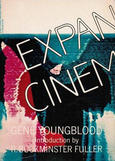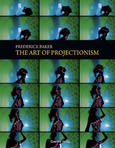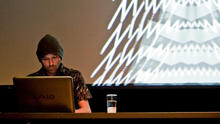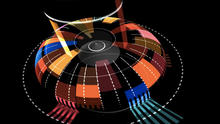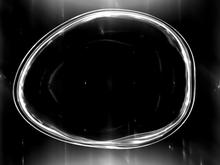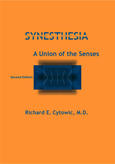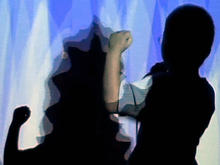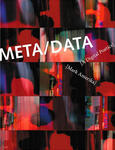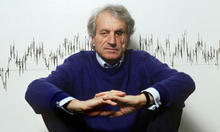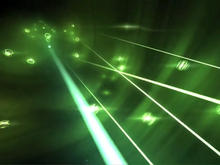Cyclotone
(2012)by Paul Prudence cross-wires sound and video material to create multi-modalities using a variety of algorithmic strategies.
Cyclotone cross-wires sound and video material to create multi-modalities using a variety of algorithmic strategies, further synergies are created by employing associative, metaphorical and perceptual bindings between the visual and sonic domains. The work takes conceptual cues from cyclotrons and particle accelerators and is inspired to commemorate the first wave of Russian cosmonauts who conquered space physically as well as the artists of the Constructivist movement who conquered space conceptually.
Source: Paul Prudence
Live footage of my audio-visual performance at Arc Festival, Bristol, 2013.
I repurposed Cyclotone to accommodate the expansive 22m x 3.4m arc shaped screen which spanned the full width of the venue.
Source: Paul Prudence on Vimeo
